Creating a vibrant garden in the shade can be both challenging and rewarding. Many gardeners mistakenly believe that lush, colorful gardens are only possible in sunny spots. However, the right shade-loving plant combinations can transform even the darkest corners into a lively oasis. In this article, we will explore various combinations of shade-loving plants that will bring life, texture, and color to your shaded areas. Whether you're a beginner or a seasoned gardener, these combinations will inspire you to embrace the beauty of shade gardening.
1. Hosta and Fern Harmony
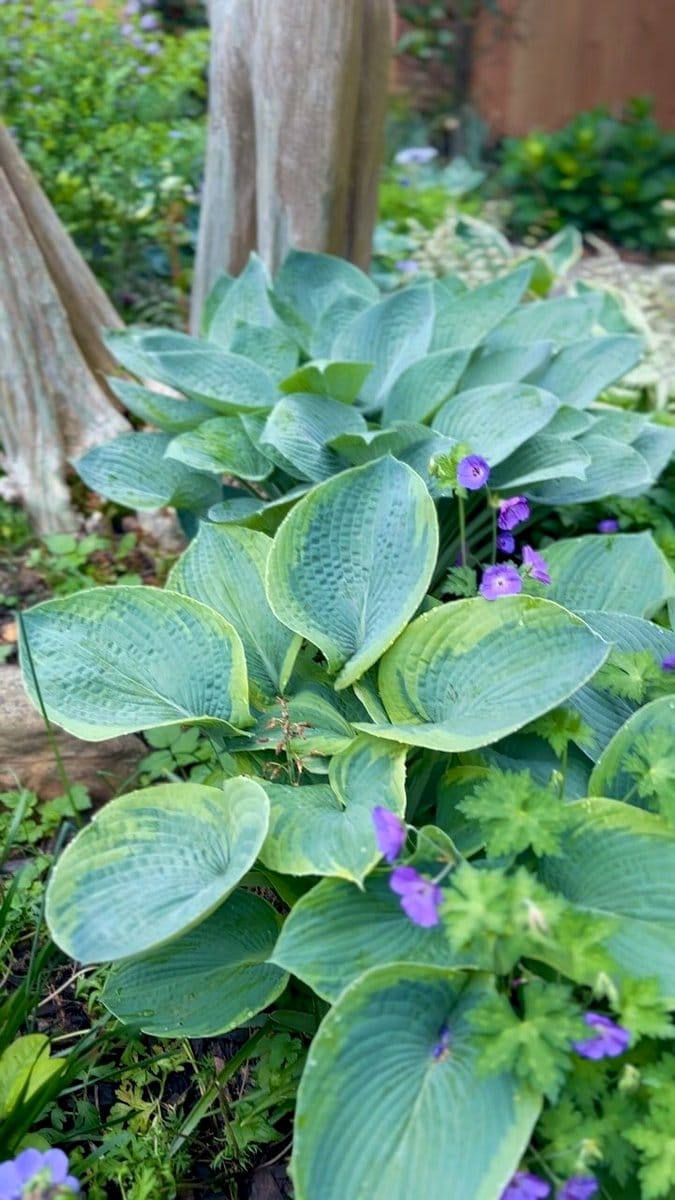
Hostas and ferns create a serene and lush landscape in shaded areas. Hostas offer bold, broad leaves with a variety of colors, while ferns add delicate, feathery textures. Together, they form a harmonious blend that thrives in low-light conditions. Plant them along pathways or under trees for a peaceful, woodland feel that requires minimal maintenance.
2. Begonia and Coleus Contrast
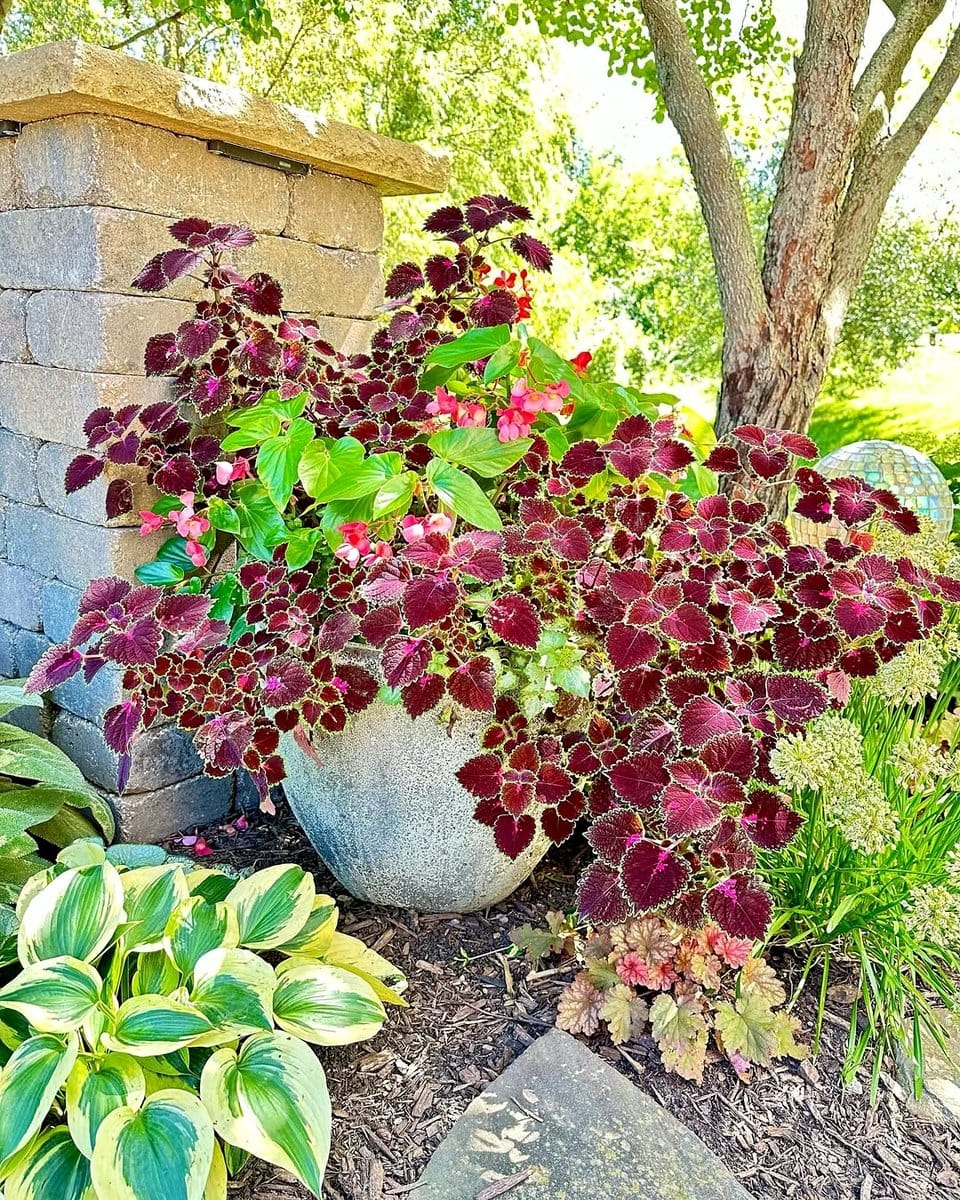
For a splash of color in the shade, combine begonias and coleus. Begonias produce vibrant blooms, while coleus offers striking foliage in an array of patterns and hues. This combination adds visual interest and contrasts beautifully against darker backgrounds. Plant them in containers or borders where their colors can pop.
3. Astilbe and Heuchera Elegance
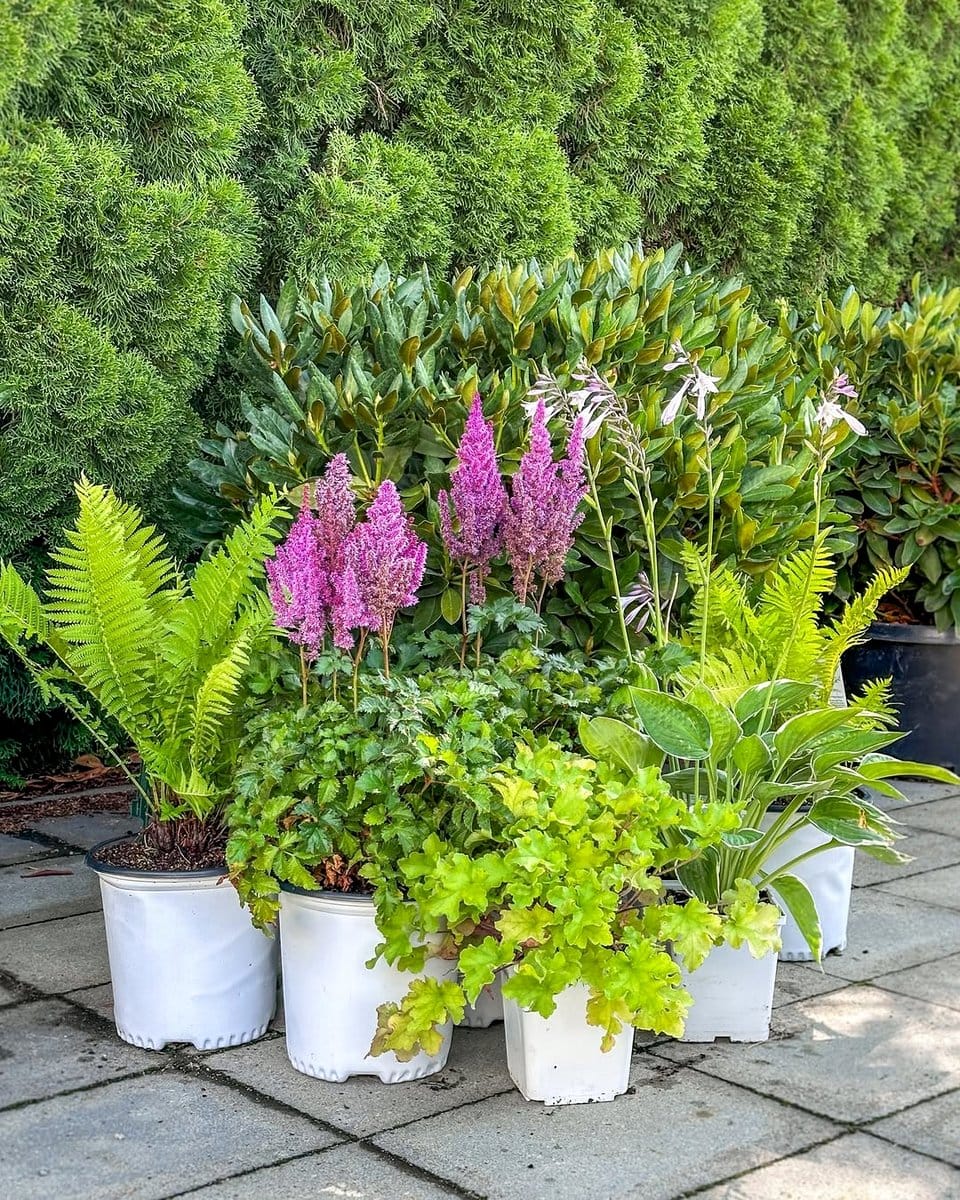
Astilbe and heuchera are a match made in shade-gardening heaven. Astilbe produces feathery plumes in shades of pink, red, and white, while heuchera offers rich, colorful foliage. Known for their resilience, these plants add elegance to shaded gardens. Use them in mass plantings or as a focal point in shady borders.
4. Tiarella and Brunnera Texture

Tiarella and brunnera create a tapestry of textures in shady areas. Tiarella, with its delicate, frothy blooms, pairs beautifully with the heart-shaped, silver-patterned leaves of brunnera. This duo is perfect for adding layers and depth to your garden, especially when planted in drifts or as ground cover.
5. Japanese Forest Grass and Coral Bells

Japanese forest grass and coral bells make a dynamic pair in shaded gardens. The graceful, arching blades of Japanese forest grass complement the vibrant, scalloped leaves of coral bells. This combination provides a mix of movement and color, ideal for borders or as an accent in shade gardens.
6. Solomon's Seal and Bleeding Heart

Solomon's seal and bleeding heart create a romantic and classic shade garden combination. The elegant arching stems of Solomon's seal pair beautifully with the heart-shaped blooms of bleeding heart. Their delicate appearance belies their hardiness, making them perfect for shaded beds and woodland gardens.
7. Lamium and Pulmonaria Pattern

Lamium and pulmonaria are a stunning duo for adding pattern and interest to shady spots. Lamium's variegated leaves and pulmonaria's speckled foliage create a unique tapestry effect. Their easy-growing nature makes them ideal for ground cover or filling in gaps in shaded areas.
8. Foamflower and Lungwort Lushness

Foamflower and lungwort offer lush textures and beautiful blooms in shaded gardens. Foamflower's delicate sprays of white or pink flowers complement lungwort's spotted leaves and blue flowers. This combination thrives in moist, shady areas and adds a touch of whimsy to your garden.
9. Ajuga and Sweet Woodruff Groundcover
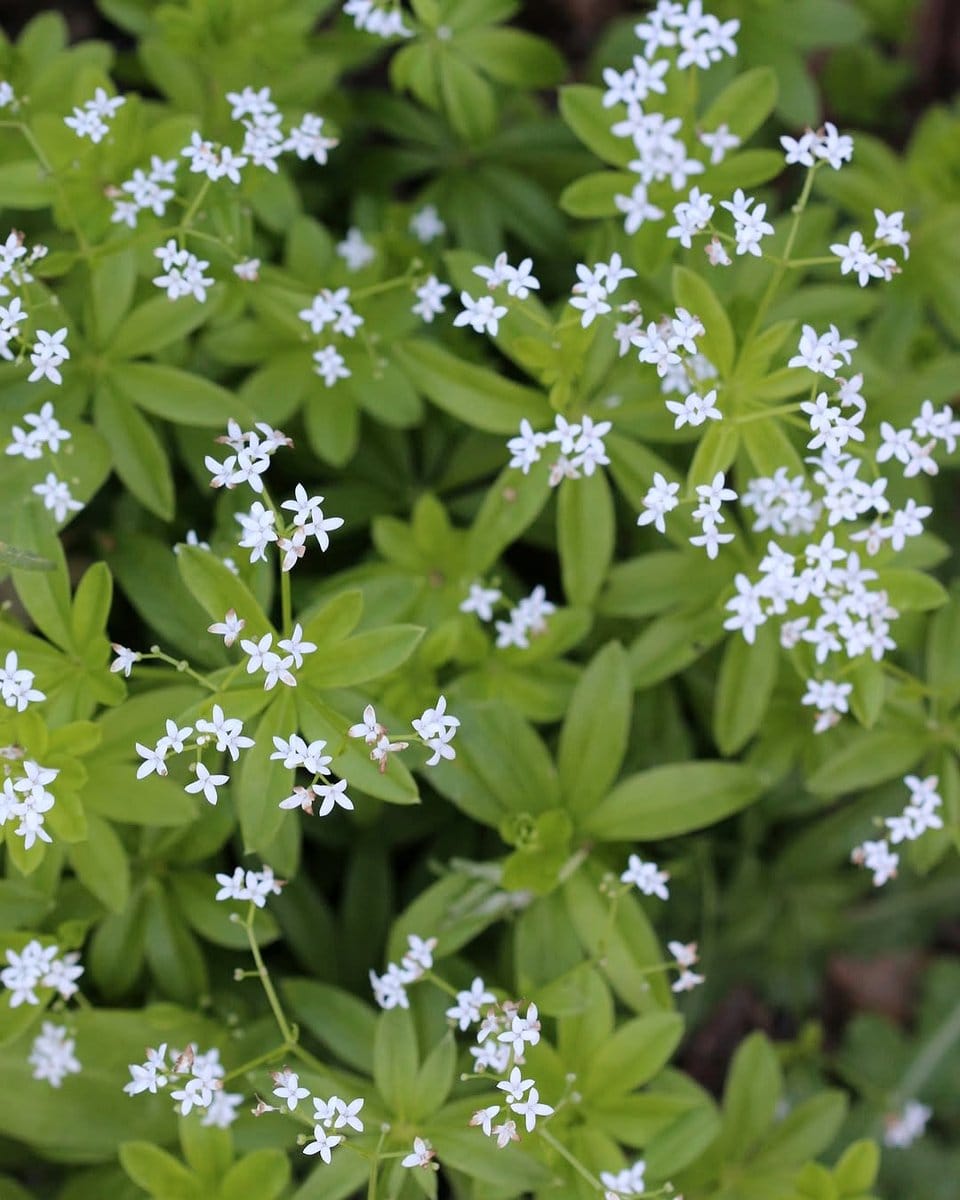
Ajuga and sweet woodruff are the perfect groundcovers for shaded areas. Ajuga offers dense, colorful foliage with blue flower spikes, while sweet woodruff produces tiny, fragrant white flowers. Together, they create a carpet of color and fragrance that's perfect for shaded pathways or underplanting trees.
10. Epimedium and Hellebore Mystery

Epimedium and hellebore add an element of mystery to shaded gardens. Epimedium's delicate, heart-shaped leaves and spring blooms complement the bold, leathery foliage and winter blooms of hellebore. This combination provides year-round interest, even in the darkest corners of your garden.
11. Ligularia and Rodgersia Statement

Ligularia and rodgersia make a bold statement in shaded spaces. Ligularia offers tall, showy blooms and large, toothed leaves, while rodgersia provides bold, textured foliage. Plant them as a focal point in your garden to create a dramatic visual impact.
12. Lady's Mantle and Siberian Bugloss

Lady's mantle and siberian bugloss create a charming, cottage-garden feel in the shade. Lady's mantle offers soft, scalloped leaves with delicate yellow flowers, while siberian bugloss provides heart-shaped leaves and blue, forget-me-not-like flowers. This combination brings a touch of nostalgia to shaded areas.
13. Trillium and Mayapple Woodland

Trillium and mayapple create a woodland wonderland in shaded gardens. Trillium's iconic three-petaled flowers pair beautifully with the large, umbrella-like leaves of mayapple. Perfect for naturalizing, this combination thrives in woodland settings and adds a touch of wild beauty to your garden.
14. Barrenwort and Lungwort Contrast
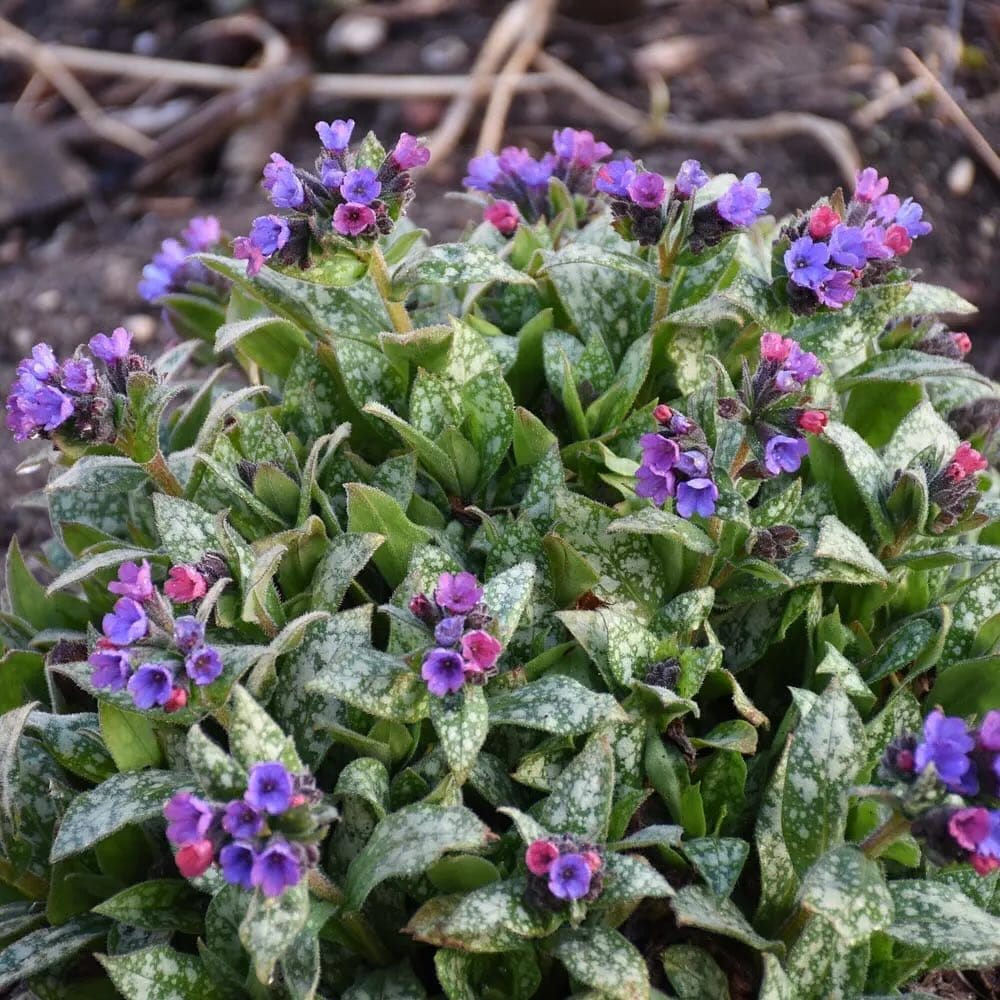
Barrenwort and lungwort offer a striking contrast in texture and color. Barrenwort produces delicate, fringed flowers, while lungwort offers spotted leaves and vibrant blooms. This combination thrives in shaded, well-drained soil and adds a whimsical touch to your garden.
15. Black Mondo Grass and Foamflower

Black mondo grass and foamflower create a striking black-and-white contrast in shaded areas. The dark, slender blades of black mondo grass pair beautifully with foamflower's frothy blooms. This combination is ideal for creating a modern, sophisticated look in your shade garden.
16. Wild Ginger and Anemone Subtlety

Wild ginger and anemone offer subtle beauty in the shade. Wild ginger's heart-shaped leaves and low-growing habit pair well with the delicate, nodding blooms of anemone. This combination is perfect for creating a tranquil, naturalistic setting in your garden.
17. Bluebells and Hostas Woodland Charm
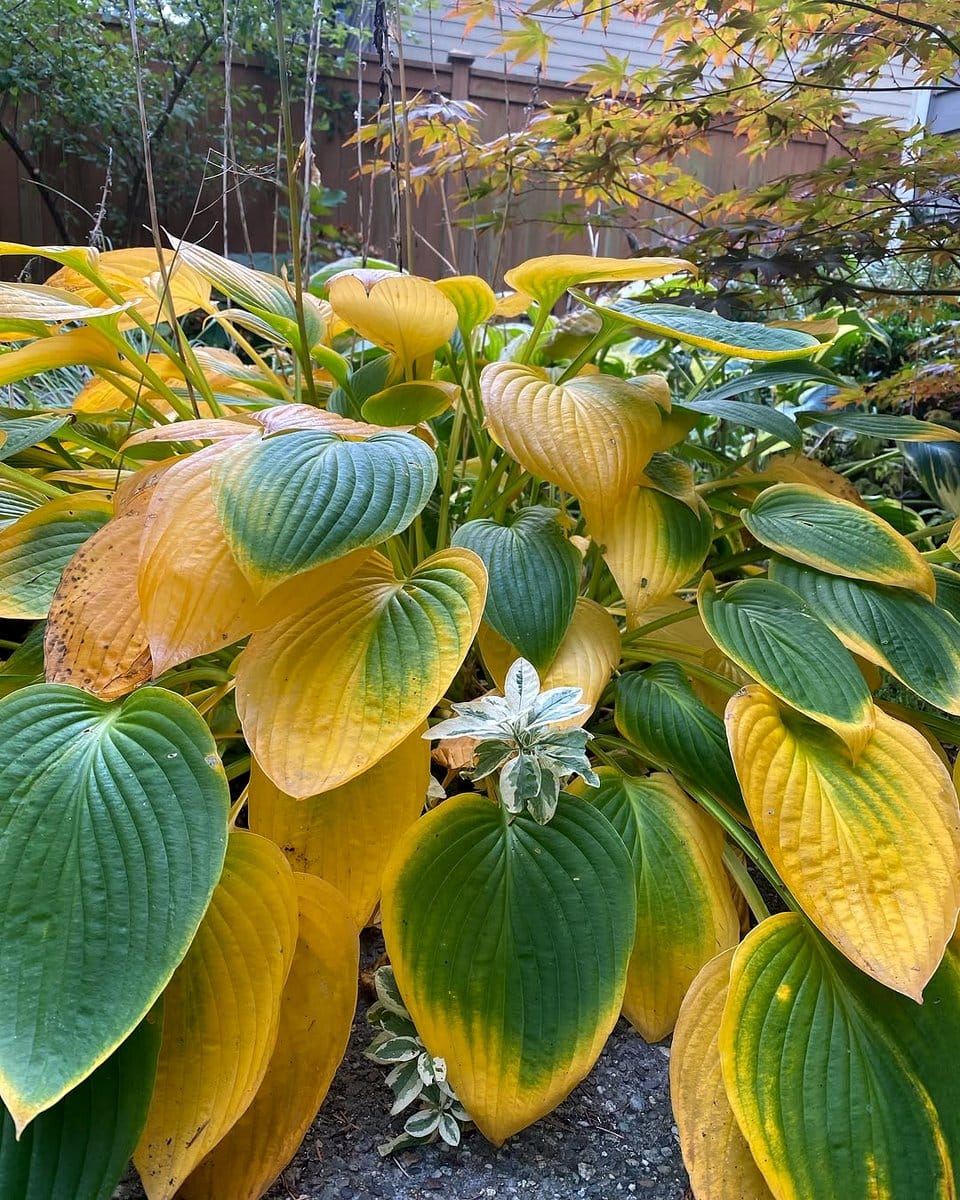
Bluebells and hostas bring woodland charm to shaded gardens. Bluebells offer delicate, bell-shaped blooms, while hostas provide bold, textured foliage. Together, they create a classic, timeless look that's perfect for shaded borders and woodland paths.
18. Coral Bells and Maidenhair Fern

Coral bells and maidenhair fern create a sophisticated, airy feel in shaded spaces. The vibrant foliage of coral bells pairs beautifully with the delicate, lacy fronds of maidenhair fern. This combination adds elegance and movement to your garden, perfect for shaded containers or borders.
19. Snowdrops and Cyclamen Winter Interest

Snowdrops and cyclamen provide winter interest in shaded gardens. Snowdrops offer delicate, nodding blooms in late winter, while cyclamen provides colorful foliage and flowers. This combination brightens up the darkest months, ensuring your garden has year-round beauty.
20. Virginia Bluebells and Solomon's Seal
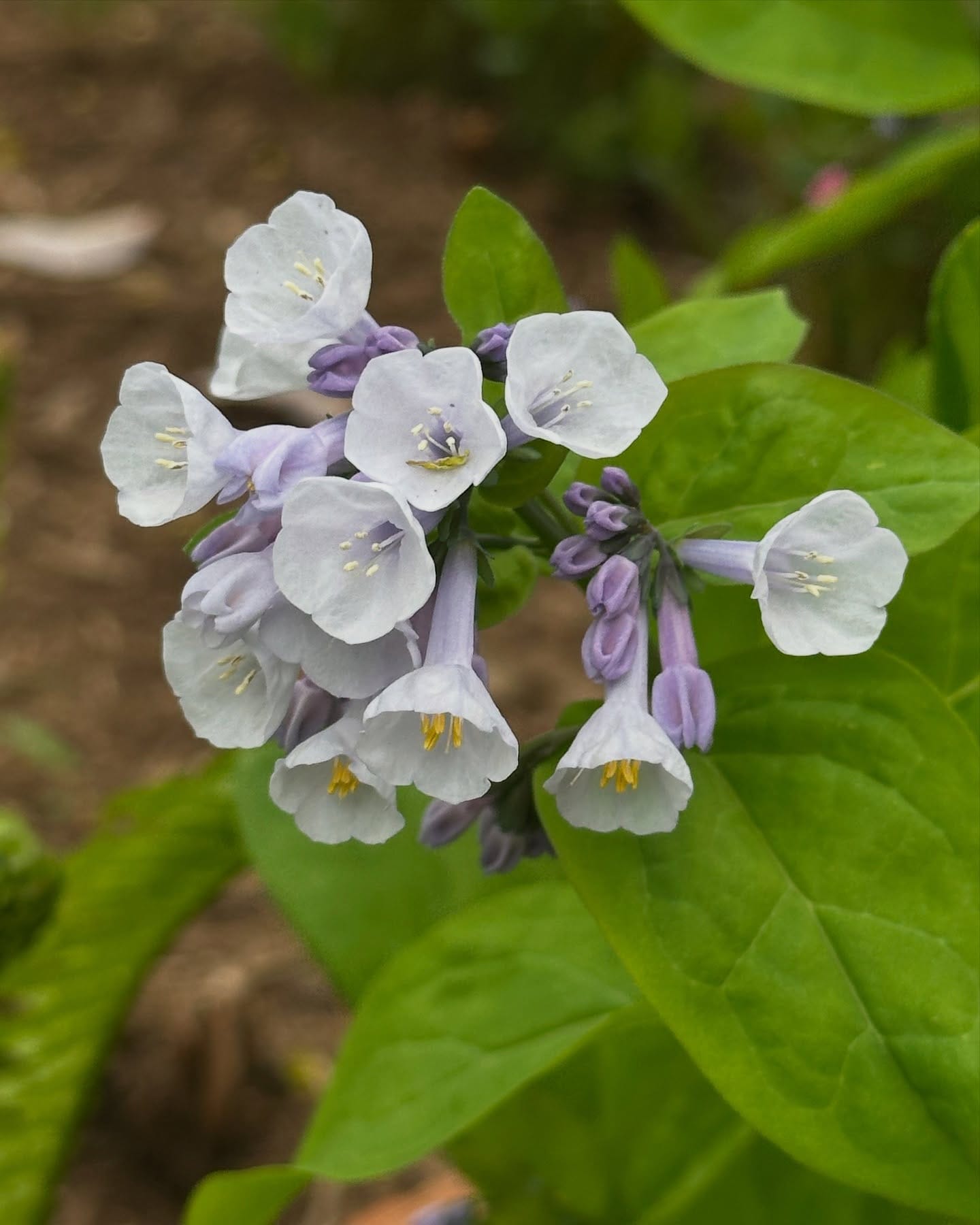
Virginia bluebells and Solomon's seal create a serene, elegant combination in shaded gardens. Virginia bluebells offer clusters of blue flowers, while Solomon's seal provides graceful, arching stems. This duo thrives in moist, shady areas and adds a touch of sophistication to your garden.
21. Hosta and Bleeding Heart Romance

Hosta and bleeding heart create a romantic, classic combination. The bold foliage of hostas pairs beautifully with the delicate, heart-shaped blooms of bleeding heart. This combination thrives in shaded borders, adding depth and charm to your garden.
Final Thoughts
Shade-loving plant combinations offer endless possibilities for creating stunning gardens in low-light conditions. By mixing textures, colors, and plant types, you can transform your shaded spaces into vibrant, lively areas. Experiment with these combinations to find the perfect mix for your garden. Embrace the beauty that shade-loving plants bring, and watch as your garden transforms into a lush oasis. Whether you're looking to fill a small shaded corner or create an entire shaded landscape, these combinations will inspire your creativity and enhance your outdoor space.
